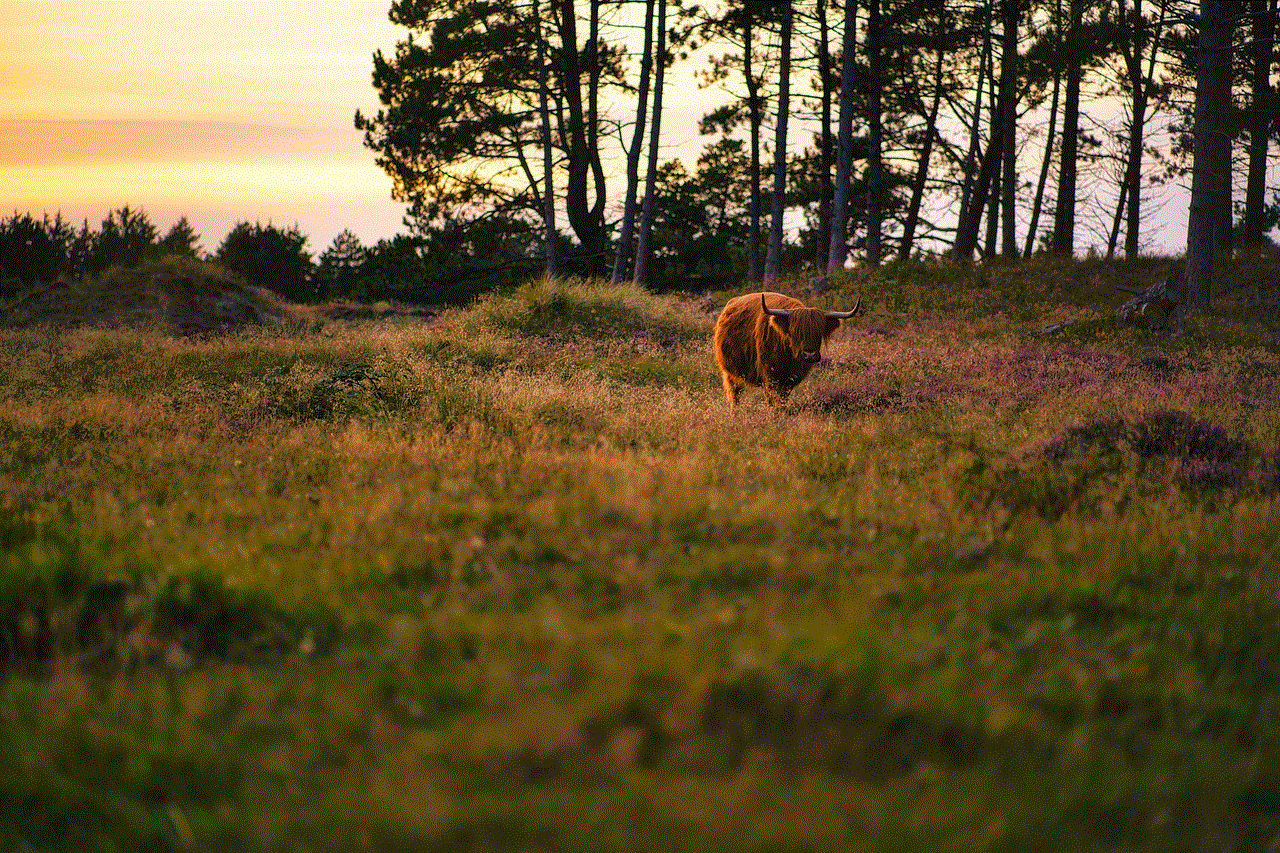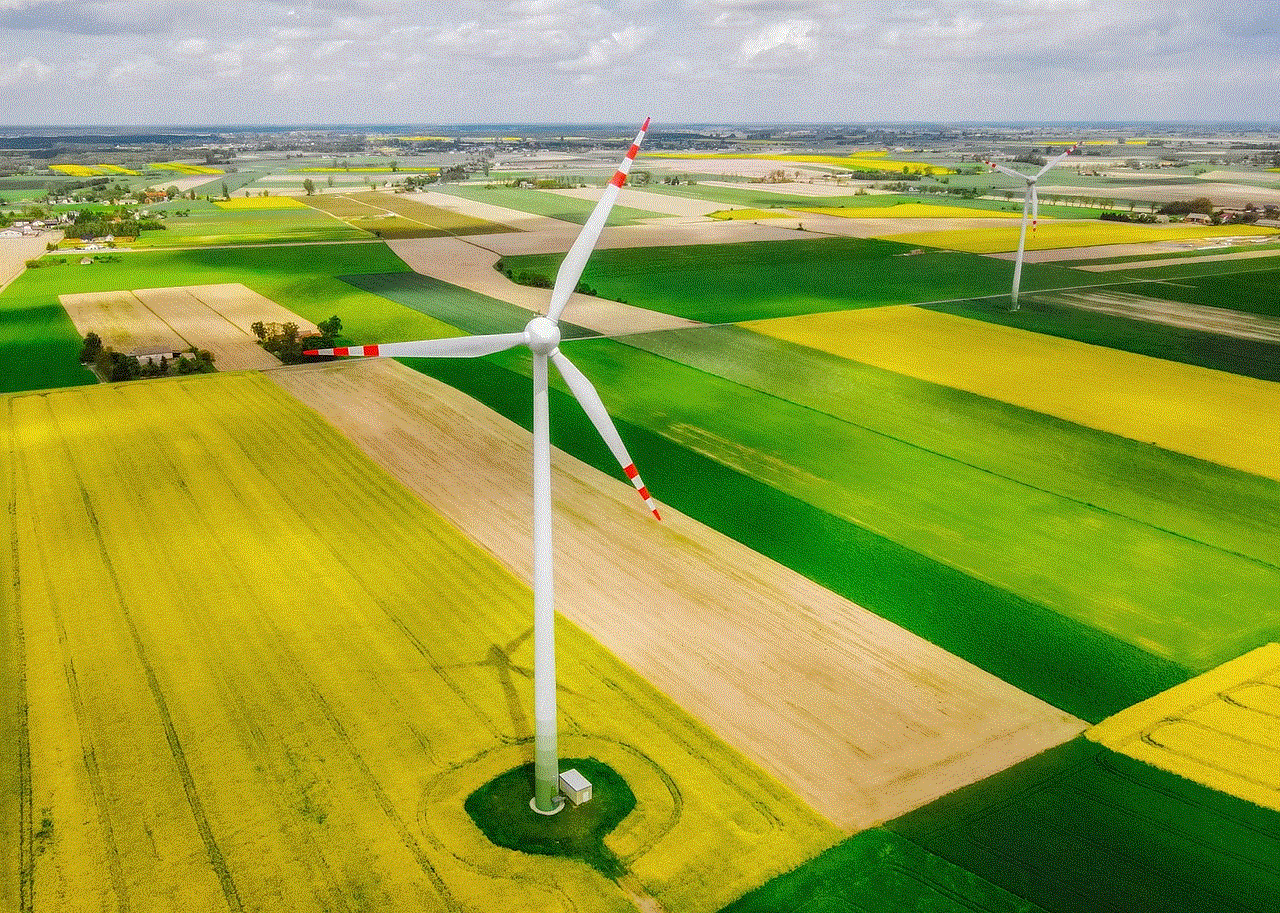tiktok 18+ online
The rise of social media has revolutionized the way we connect with others and consume content. One platform that has taken the world by storm is TikTok . With its short-form videos, entertaining content, and vast user base, it has become one of the most popular apps in the world. However, as with any social media platform, there is a dark side to TikTok, specifically for its 18+ users.
TikTok, originally known as Douyin, was created by the Chinese company ByteDance in 2016. It was later launched internationally in 2017 and merged with the popular app Musical.ly in 2018. Since then, TikTok has gained over 800 million active users worldwide, with a large portion of its user base consisting of teenagers and young adults.
The app’s main feature is its short-form videos, which are typically 15 to 60 seconds long. These videos can range from lip-syncing to popular songs, dance challenges, comedy sketches, and other creative content. This format has made it easy for users to create and share content, leading to the app’s explosive growth.
However, TikTok’s popularity has also brought about concerns regarding its content and the safety of its users, particularly those who are 18 years and older. Due to the app’s user-friendly interface and accessibility, it has become a hotbed for explicit and sexual content.
One of the main issues with TikTok is its lack of strict guidelines and regulations when it comes to age restrictions. While the app’s terms of service state that users must be at least 13 years old to use the app, there is no way to verify the user’s age upon registration. This lack of age verification has made it easy for underage users to access and be exposed to mature content.
Moreover, TikTok’s algorithm is designed to show users content that aligns with their interests and viewing history. This means that if a user has interacted with or viewed sexual content in the past, the algorithm will continue to show them similar content, creating a loop of explicit content that can be damaging for younger users.
Additionally, TikTok’s “For You” page, which showcases popular and trending content, has also been criticized for displaying sexually suggestive videos and challenges. These challenges often involve users imitating sexual acts or dancing in a provocative manner, creating a toxic environment for impressionable young users.
Another concerning issue on TikTok is the presence of predators and grooming behavior. With its large user base, it is easy for predators to target and contact young users on the app. In some cases, predators have been able to manipulate and groom their victims into sending explicit content or meeting in person. This has raised concerns about the app’s safety and its lack of measures to protect its users, especially those who are 18 years and older.
Moreover, TikTok has also been criticized for its lack of content moderation and its slow response to removing inappropriate and harmful content. In 2019, the app was banned in India for a brief period due to concerns about its content and user safety. In the same year, it was also fined by the Federal Trade Commission in the United States for violating children’s privacy laws by collecting personal information from underage users.
Despite these concerns, TikTok has taken some steps to address the issue of explicit content and the safety of its users. In 2020, the app rolled out a new feature called “Family Pairing,” which allows parents to link their account with their child’s account and control the type of content they can view. The app has also implemented a “Restricted Mode” feature, which filters out mature content from the user’s feed.
However, these measures have received mixed reactions, with some critics stating that they are not enough to protect users on the app. Many believe that TikTok needs to take more responsibility and implement stricter guidelines and regulations to ensure the safety of its users, especially its 18+ users.
In conclusion, while TikTok has been a source of entertainment and connection for millions of users worldwide, it also has its dark side. The lack of strict guidelines and regulations, as well as the presence of predators and inappropriate content, have raised concerns about the app’s safety, especially for its 18+ users. As the app continues to grow in popularity, it is crucial for TikTok to take more significant steps to protect its users and create a safer environment for all ages.
how to get deleted whatsapp messages
In today’s digital age, messaging apps have become an integral part of our daily lives. Among these apps, WhatsApp stands out as one of the most popular and widely used platforms for communication. With its user-friendly interface and a plethora of features, it has become the go-to app for people all around the world. However, like any other messaging app, WhatsApp messages can also get deleted for various reasons. This raises the question, how to get deleted WhatsApp messages? In this article, we will explore the methods that can help you retrieve deleted messages on WhatsApp.
Before we dive into the methods, it is important to understand why WhatsApp messages get deleted in the first place. The most common reason is unintentional deletion by the user. We have all been there – accidentally swiping left on a conversation and deleting it, or mistakenly selecting multiple messages and deleting them all. Another reason could be due to a software update or a glitch in the app, causing messages to disappear. Lastly, WhatsApp has a policy of automatically deleting messages after a certain period of time, which can also lead to the loss of important conversations.
Now, let us look at the methods that can help you retrieve deleted WhatsApp messages. The first and most obvious method is to check your phone’s backup. WhatsApp has a built-in feature that automatically backs up your chats daily, weekly or monthly, depending on your settings. To check if your messages are backed up, go to ‘Settings’ on WhatsApp, then tap on ‘Chats’ and select ‘Chat backup’. Here, you can see the date and time of your last backup. If your messages were deleted after the backup, you can restore them by uninstalling and reinstalling the app. During the reinstallation, you will be prompted to restore your chats from the backup.
If you do not have a recent backup or if the backup does not contain the deleted messages, you can try using a third-party app to recover your messages. There are several apps available on both iOS and Android that claim to retrieve deleted WhatsApp messages. These apps work by scanning your device for any deleted data and then displaying the recovered messages. However, it is important to note that these apps are not endorsed by WhatsApp and may not always be reliable. Some of these apps may require you to root or jailbreak your device, which could void your warranty or compromise your device’s security.
Another way to retrieve deleted WhatsApp messages is through the WhatsApp web/desktop version. If you have been using WhatsApp on your computer , you might be able to find your deleted messages there. When you use WhatsApp web, all your messages are synced between your phone and computer. So, if you have deleted a message on your phone, it might still be available on the web version. However, this method also has its limitations. If you have not used WhatsApp web before or have not synced your messages, this method will not work.
If the above methods do not work for you, there is still one last resort – contacting WhatsApp support. If you have lost important messages due to a software update or a glitch in the app, you can report the issue to WhatsApp support. They may be able to retrieve your messages from their servers, but this is not a guaranteed solution. Moreover, it is important to note that WhatsApp does not keep a record of your messages, so they may not be able to recover them.
Apart from these methods, there are also a few precautions you can take to avoid losing your WhatsApp messages in the future. Firstly, make sure to regularly backup your chats to avoid losing important conversations. You can also enable the ‘Auto-download’ feature, so your media files are automatically saved to your device’s storage. This way, even if your messages get deleted, you will still have the media files. Lastly, be cautious when deleting messages and take your time to make sure you are not deleting anything important.
In conclusion, losing important WhatsApp messages can be a frustrating experience. However, there are several methods you can try to retrieve deleted messages. From checking your backup to using third-party apps, there are options available for both iOS and Android users. It is always recommended to regularly backup your chats and be careful when deleting messages to avoid any future mishaps. With these methods and precautions in mind, you can ensure that your WhatsApp messages are safe and secure.
instagram screenshot alert
In today’s digital age, social media platforms have become an integral part of our lives. Among the many platforms, Instagram stands out as one of the most popular and widely used platforms for sharing photos and videos. With over 1 billion monthly active users, Instagram has become a hub for individuals, businesses, and influencers to connect, engage, and promote their content. However, with its growing popularity, there have also been concerns about privacy and security on the platform. One such concern is the “Instagram screenshot alert,” which has sparked debates and discussions among users. In this article, we will delve into the details of this alert and discuss its implications on user privacy.
What is the Instagram screenshot alert?
The Instagram screenshot alert is a feature that notifies users when someone takes a screenshot of their story or direct message. It was first introduced in February 2018, and since then, it has been a topic of debate among users. The alert appears in the form of a small camera icon next to the username of the person who took the screenshot. This feature aims to prevent users from taking screenshots of private conversations or stories without the knowledge of the person who posted them.



Why was the Instagram screenshot alert introduced?
The introduction of the screenshot alert was primarily to protect user privacy and discourage the misuse of content on the platform. With the rise of digital content theft and cyberbullying, Instagram aimed to give users more control over their content and prevent it from being shared without their consent. It also serves as a deterrent for people who might use someone else’s content without proper attribution or permission. By notifying users about screenshots, Instagram hoped to create a safer and more secure environment for its users.
How does the screenshot alert work?
The screenshot alert works differently for stories and direct messages. In the case of stories, the alert is triggered when someone takes a screenshot of a story that has been posted for less than 24 hours. If the story has been up for more than 24 hours, the alert is not triggered. Similarly, for direct messages, the alert is only sent if the message was sent in the last 24 hours. If the message is older than 24 hours, the alert is not triggered. This time limit ensures that users have enough time to view and save the content they are interested in without being notified.
Implications of the Instagram screenshot alert
The screenshot alert has raised concerns among users, and there have been mixed reactions to its implementation. Let’s take a look at some of the implications of this feature.
1. Protection of user privacy
The primary goal of the screenshot alert is to protect user privacy and give them control over their content. By notifying users about screenshots, Instagram ensures that they are aware of who has saved their content and can take action if needed. This feature can be particularly helpful for users who share sensitive or personal information on the platform.
2. Prevention of content theft
With the rise of social media, content theft has become a common practice. People often use someone else’s content without proper attribution or permission. The screenshot alert serves as a deterrent for such practices and encourages users to respect the original creator’s work. This feature also benefits businesses and influencers who rely on Instagram to showcase their products or services.
3. Impact on user behavior
The screenshot alert has also had an impact on user behavior on the platform. With the knowledge that their actions will be recorded, users are more cautious about the content they share. Some users have also reported feeling pressured to create content that is “screenshot-worthy” to gain more engagement and followers. This pressure can lead to inauthentic and curated content, which goes against the essence of social media platforms.
4. Limitations of the alert



While the screenshot alert has its benefits, it also has its limitations. As mentioned earlier, the alert is only triggered for content that is less than 24 hours old. This means that users can still take screenshots of older posts without being detected. This limitation has raised concerns about the effectiveness of the feature in protecting user privacy.
5. Breach of trust
One of the major criticisms of the screenshot alert is that it can lead to a breach of trust between users. People often use social media platforms as a safe space to share their thoughts and experiences with their close friends and followers. With the screenshot alert, this sense of privacy is compromised, and people may become hesitant to share personal content, which goes against the purpose of social media platforms.
6. Impact on relationships
The screenshot alert can also have an impact on relationships, especially in the case of romantic relationships. Partners may feel uncomfortable or suspicious if their significant other is constantly receiving screenshot alerts from someone else. This can lead to misunderstandings and conflicts, causing strain on the relationship.
7. Workarounds
Users have found ways to bypass the screenshot alert by using third-party apps or simply taking a photo with another device. This raises concerns about the effectiveness of the feature and whether it is truly protecting user privacy.
8. Lack of transparency
There has been criticism about the lack of transparency around the screenshot alert. Instagram has not provided clear guidelines on how the alert works, and there have been instances where users have received the alert for content that was not supposed to trigger it. This lack of transparency has caused confusion and frustration among users.
9. Impact on businesses and influencers
Businesses and influencers who use Instagram for promotional purposes have also been impacted by the screenshot alert. With the alert, it becomes difficult for them to track and measure the reach and engagement of their content. This can affect their marketing strategies and ultimately their revenue.
10. Alternatives to the screenshot alert
In response to the backlash, Instagram has been testing different alternatives to the screenshot alert. One of these is the “regram” feature, which allows users to share someone else’s story with their followers. This feature eliminates the need for taking screenshots while still giving credit to the original creator. However, this feature is still in its testing phase and is not available to all users.



Conclusion
The Instagram screenshot alert has sparked debates and discussions among users, with some seeing it as a necessary step towards protecting user privacy, while others view it as a breach of trust. While the feature has its benefits, it also has its limitations and has raised concerns about its effectiveness. As Instagram continues to evolve, it is important for the platform to consider user feedback and find a balance between protecting user privacy and maintaining a user-friendly environment.